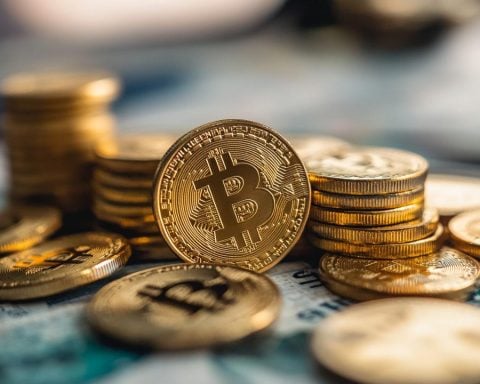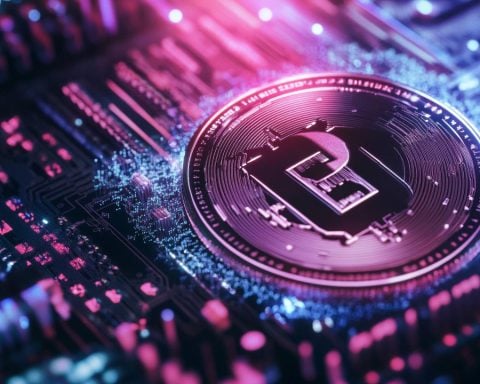The cryptocurrency known as Shiba Inu (SHIB) has sparked significant interest and speculation in the world of digital finance. Named after the popular Japanese dog breed, Shiba Inu is a decentralized cryptocurrency that was launched in August 2020 by an anonymous founder known only by the pseudonym “Ryoshi.”
Often referred to as the “Dogecoin Killer,” Shiba Inu is an ERC-20 token built on the Ethereum blockchain. This distinguishes it from Dogecoin, which operates on its own independent blockchain. The Ethereum-based infrastructure allows Shiba Inu to leverage the vibrant ecosystem of Ethereum, including smart contracts and decentralized applications (DApps).
The rise of Shiba Inu has been largely driven by social media and a passionate community known as the “Shib Army.” Initially started as an experimental project in decentralized community building, Shiba Inu gained momentum when it was listed on major cryptocurrency exchanges. The project also attracted attention by gifting 50% of its total supply to Ethereum co-founder Vitalik Buterin, who later donated a significant portion to various charities, including those supporting COVID-19 relief in India.
Shiba Inu’s ecosystem includes ShibaSwap, a decentralized exchange that allows users to trade tokens without intermediaries, and plans for other tokens like LEASH and BONE meant to provide additional functionalities. While Shiba Inu’s price volatility has sparked debates about its investment potential, it undeniably represents a phenomenon within meme coins and the larger crypto landscape. Whether you consider it a joke or a genuine financial asset, Shiba Inu’s story is a testament to the power of community-driven projects in the crypto world.
The Unexpected Ripple Effect of Shiba Inu: More Than Just a Meme Coin?
The rise of Shiba Inu (SHIB) has had unforeseen socioeconomic impacts, extending far beyond its origins as a “meme coin.” While known for its community-driven narrative, Shiba Inu’s popularity has inadvertently bolstered broader acceptance and awareness of cryptocurrency across various sectors.
How does Shiba Inu affect the global financial landscape? For one, it has influenced the strategy of financial institutions. As interest in Shiba Inu and similar tokens grows, traditional banks and investment firms now consider integrating cryptocurrency services to stay relevant. This integration could democratize finance, offering opportunities to those previously excluded from the financial system.
Beyond finance, the technological adoption inspired by Shiba Inu is noteworthy. Educational institutions and enterprises have started incorporating blockchain courses and research to keep pace with evolving market demands. This technological shift has facilitated job creation in the blockchain and crypto industry, impacting communities by providing new employment avenues.
Are there downsides to Shiba Inu’s ascent? Certainly. The coin’s volatile nature raises concerns about financial stability for individual investors, often leading to significant losses during rapid market fluctuations. Economists warn that meme coins like Shiba Inu can also distract from more stable, utility-driven blockchain projects.
What’s the consensus? While Shiba Inu underscores the potential for community empowerment in the digital age, its volatility serves as a cautionary tale. As debates continue, the question remains: are investors focusing on innovation or merely chasing short-term profits?
For further exploration, you might find insights at the CoinDesk and Cointelegraph websites.
















